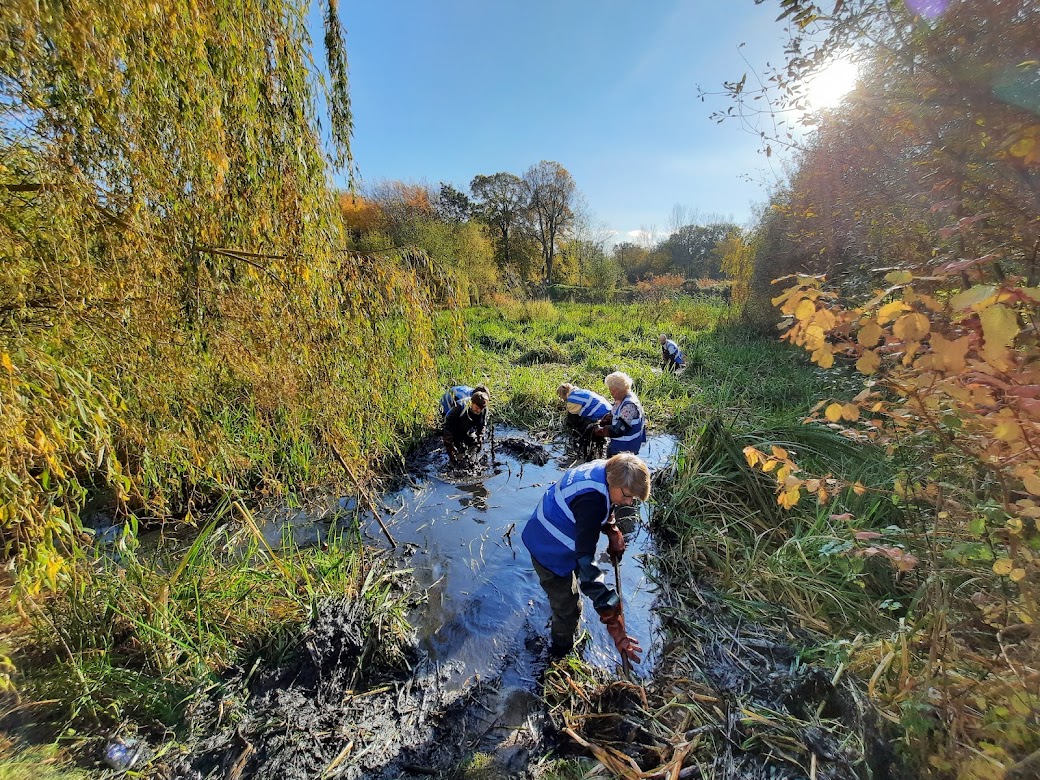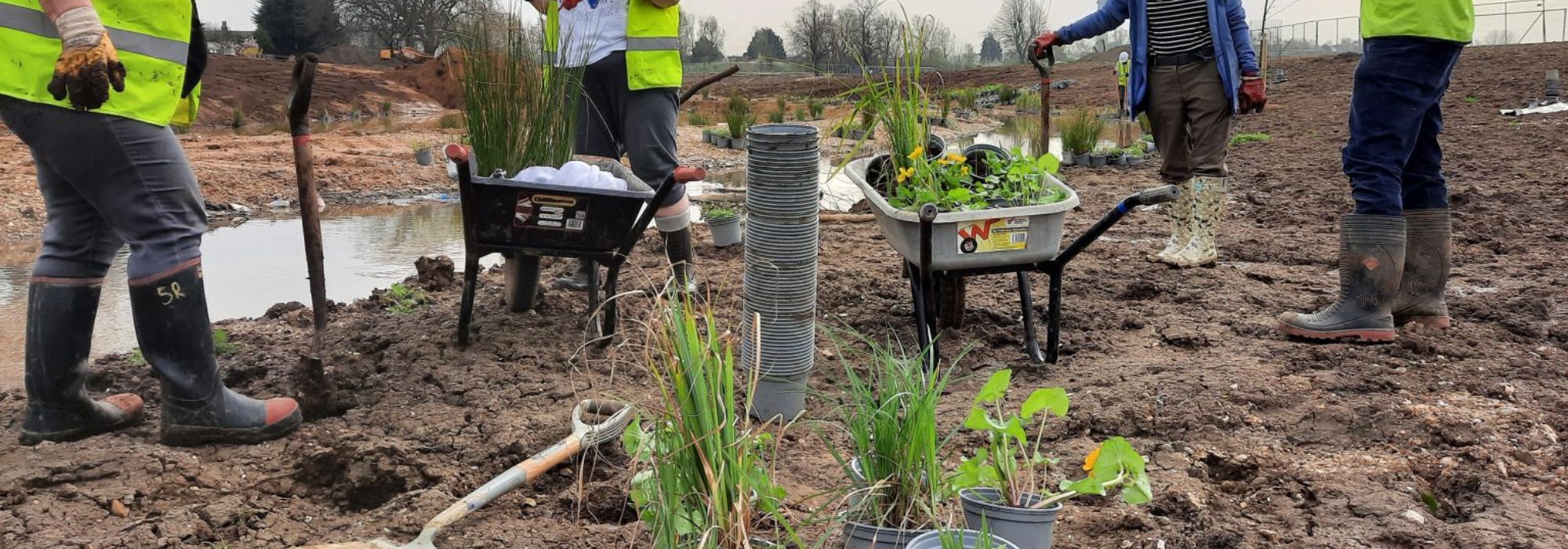River restoration, explained

London has 400 miles of waterways, ranging from rivers and streams to wetlands and canals. These play a vital role in our lives and the environment but, unfortunately, have long been neglected and used as dumping sites. Urbanisation, agricultural practices, and industrialisation have brought many needed resources to a growing population; however, they have also contributed to the current state of our rivers and blue spaces – none of the UK’s rivers are in good overall health.
What’s river restoration?
That’s where river restoration techniques come, as they help mitigate and reverse the negative effects we’ve imposed on the environment for years. River restoration includes several different strategies to reinstate natural processes and the functioning of rivers improving biodiversity, building resilience, and benefitting people and wildlife.
These can be done on big and small scales, from tackling pollution and employing conservation efforts to target species to reconnecting rivers and creating wetlands. There’s no one size fits all, each one has its own special needs and characteristics that need to be considered.
River restoration strategies and benefits
Some of the most common methods are catchment management, which addresses issues such as agricultural pollution, water abstraction and connectivity barriers; floodplain reconnection and the creation of wetlands, providing flood water retention and nutrient cycling; restoring river meandering, which stimulates its recovery; and in-stream enhancement like adding woody materials or deflectors.
The benefits of using these strategies are numerous for both people and the planet. These help to improve water quality, which is extremely important for both wildlife and our physical and mental health as it provides safe blue spaces for people to enjoy and connect with nature. Removing invasive plant species which cause riverbanks to erode and installing wetlands to help filter pollution are examples of simple and effective ways to do so.
River restoration techniques are also vital to building climate change resilience. Extreme weather events like floods and droughts are becoming more common and severe and, therefore, protecting our rivers has become a pressing issue. Reinstating a river’s natural meander, reconnecting it to its floodplain and creating wetlands reduce flood risks by slowing down its flow and absorbing rainfall. More than that, these also help during drought periods by slowly releasing water into the rivers over time.
At last, restoring our rivers help biodiversity thrive once again. Besides the points mentioned above, which highly contribute to creating habitats, nutrient cycling, and improved water quality, removing barriers that prevent fish migration and planting trees are some other ways to support wildlife. All measures are extremely connected and provide numerous ecosystem services, such as water supply, recreation and flood water and carbon storage, to name a few.
River restoration is a multi-stakeholder effort. There’s no such thing as a perfect solution nor one guilty party to blame for all the issues facing our rivers. We need to come together to do our part in protecting and improving our rivers for us and the environment.
At Thames21, some of the techniques we use in our projects include installing wetlands, planting trees, reinstating river meanders, removing invasive plant species and others. You can learn more about our efforts here.
